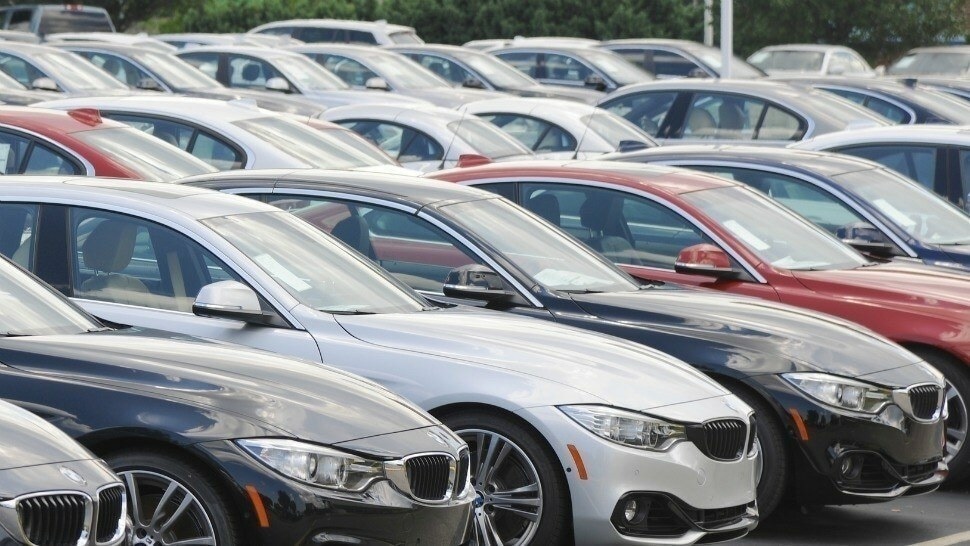The Engineering Development Board (EDB) which is a government body under the Ministry of Industries has spent months painstakingly fine-tuning the new automotive development policy (2021-26) aiming to promote the industry in a way that volumes reach a certain level for localization to occur and the industry can begin to target export markets. The focus here is on small cars, new products development and new technologies such as EVs and Hybrids. But while this may be a good policy on paper; in practice, things may not quite pan out.
Perhaps, the cardinal sin that most policies in Pakistan commit is not ensuring consistency, and coordination between different government bodies that are at times working against each other rather than together. Information, datasets, and goals not only do not talk, they also do not see eye to eye. For instance, the policy has reduced the incidence of taxation for locally manufactured cars. For cars below 1000cc (as well as commercial vehicles and vans in affordable category), the policy has reduced federal excise duties, WHT, additional customs duties, additional sales tax down to 0 percent, and sales tax down to 12.5 percent. New products will face a lower customs duty as well as sales tax. Meanwhile, on vehicles above 1000cc, FED has been reduced by 2.5 percent.
Many of these measures were implemented in July which led to a reduction in prices of vehicles across the board. But that merely created a new price base for OEMs. Prices were raised again—and inevitably so—when rupee depreciated and cost of inputs ballooned (read: “Autos: The more things change”, Nov 17, 2021). Rest assured, the price trajectory will not stop, taxes or no taxes. As long as localization remains at its current levels, cost inflation including a weakening rupee will put pressures on OEMs to pass on the incremental cost effect to the consumers. Perhaps, the ultimate goal was to reduce the incidence of taxation on vehicle production. A novel sacrifice, only if volumes make up for it eventually. From the looks of it, that may not happen any time soon as cost of borrowing has increased due to higher interest rates, in addition to the price hikes.
There is also the question of what “affordability” actually means relative to incomes. The policy envisages to “build capacity to manufacture 650,000 Cars/LCVs/SUVs, 100,000 Tractors, 20,000 HCVs, 7 million 2-3 wheelers per annum” and “introduce/promote quality small cars which are affordable for the middle class”. However, the definition or concept of an “affordable” vehicle is not clear. What constitutes an affordable vehicle and how do the current incentives make an affordable vehicle possible?
But the more important conflict here is within the government machinery itself. The FBR—in pursuit of expanding its revenues and to placate IMF—is expected to raise FED on vehicles and bring sales tax up again through a mini-budget. Ultimately, if a policy is meant to be consistent and coordinated, this one would fail on both counts. It is not uncommon that a Pakistani government would arbitrarily raise taxes and duties, or introduce additional or regulatory levies to meet its revenue targets through an SRO, but if it contradicts an existing policy that is meant to be in place for a certain period of time—and based on which the market (players, buyers) has made economic decisions—the only consideration it has is short-term, and stop-gap.
The policy pivoting is not uncommon either. A few months ago, the SBP was considering introducing a subsidy on car financing to facilitate car buyers. Now the SBP is actively discouraging car financing (for more than 1000cc) by putting restrictions on financing by lowering maximum loan tenures, reducing debt-burden ratio and increasing the minimum down-payment required for auto financing thereby lowering the loan-to-value. While this does not affect smaller cars, that demand would be adequately curbed because of the increase in interest rates anyway.
Then there is the conundrum around new technologies. There are incentives under the policy for both electric vehicles and hybrids. The incentives themselves are not inconsistent with other countries but it is still a flawed concept to incentivize both technologies at the same time. The fact that hybrids are substantially cheaper than EVs, and do not require dependence on external/new infrastructure (in addition to the incentives being offered) makes familiarizing the market to EVs almost impossible.
No new investments can come in—whether it is EV assembly or charging infrastructure—if the demand for EVs does not exist. There is now mounting research that is showing that hybrids may not be as environmentally clean as earlier thought—in fact, the EU is taking back its incentives on hybrids and plug-ins—but even if one were to not look at the “greenness” of it, the economic viability of EVs is not being created under the current policy.
One does wonder whether the government conducted any market research on potential EV/plug-in/hybrid demand and what would sufficiently motivate a car buyer to jump from a cheaper combustion engine vehicle to an electric vehicle. If that research was actually done, policymakers would have thought long and hard before succumbing to influential voices in the industry that will benefit from hybrid incentives (more on that later). In general, the plan for electrification is not nearly fully fleshed out enough for any serious investors to come in.
Other aspects of the policy may work well—such as safety regulations but the more important aspects such as parts manufacturing and localization will and can only work if volumes come in leading the question back to the incentives on volume and demand building and whether that portion of the policy is consistent and long-term.























Comments
Comments are closed.